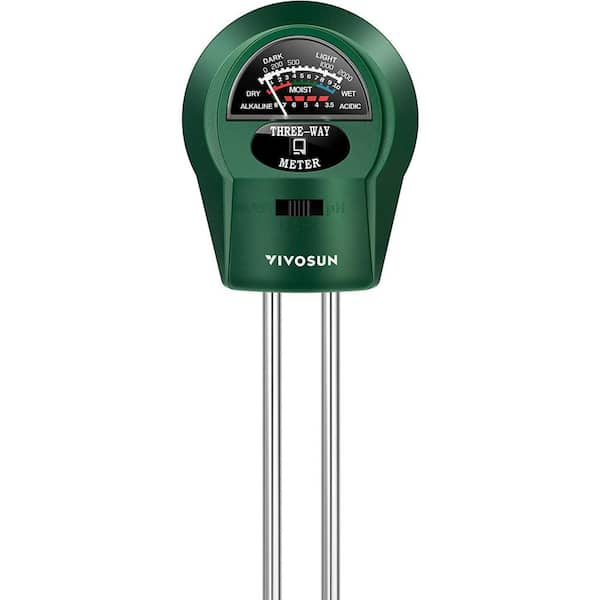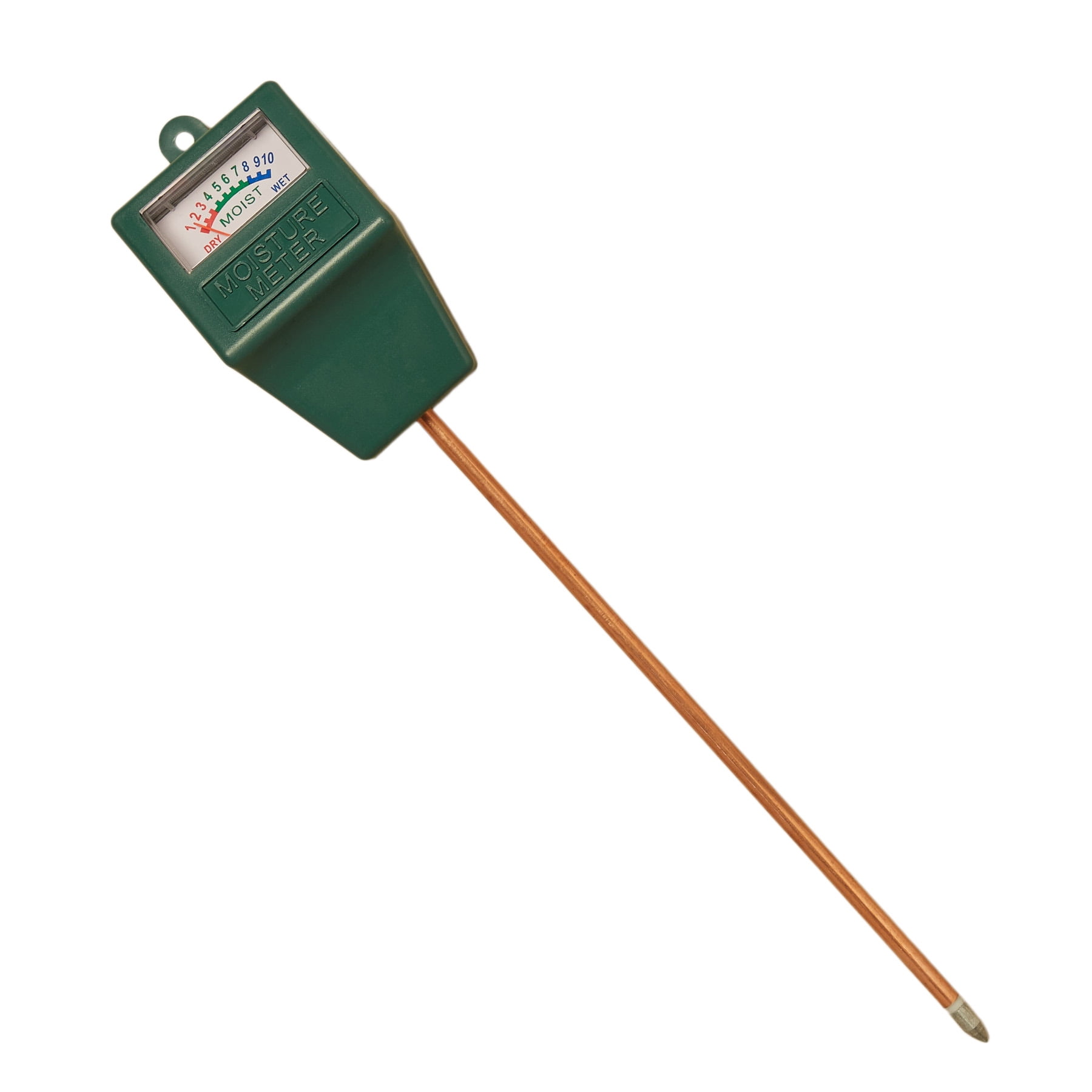Comprehending the Different Types of Moisture Meters and Their Applications
Comprehending the Different Types of Moisture Meters and Their Applications
Blog Article
Comprehending the Relevance of a Dampness Meter in Stopping Mold And Mildew and Water Damage in Your Home
In the world of home upkeep, the visibility of moisture can often be a silent yet powerful foe, qualified of creating prevalent mold and mildew development and dangerous water damages if left uncontrolled. Understanding the significance of a moisture meter in this battle is not merely a choice yet a calculated need.

Significance of Dampness Discovery
Reliable moisture detection techniques are vital for safeguarding homes and stopping possible mold and mildew growth and water damage. Moisture can seep into numerous structure products, bring about architectural concerns and carcinogen - Moisture Meter. By utilizing a moisture meter, homeowner can proactively determine areas susceptible to excess moisture, permitting for prompt treatment and mitigation strategies
Moisture meters provide exact analyses of dampness degrees in various products such as timber, drywall, and concrete. This information helps in identifying locations of problem, also in hidden or hard-to-reach locations. Early discovery of wetness buildup makes it possible for punctual repairs or adjustments to prevent more damages.

Just How Wetness Meters Job
Wetness meters play a critical role in the aggressive recognition of excess wetness, aiding in the avoidance of possible mold and mildew development and water damages by supplying precise analyses of moisture levels in numerous structure materials. These devices function based upon various principles, depending on their kind. Pin-type wetness meters, for instance, have two pins that permeate the product to determine the electrical resistance between them. When dampness exists, it enhances the product's conductivity, bring about a lower resistance analysis. Pinless moisture meters, on the various other hand, use electro-magnetic sensors to scan the product without triggering damages. These sensors release electromagnetic signals that penetrate the product and measure the dielectric residential or commercial properties, suggesting dampness web content. Some advanced wetness meters pin both incorporate and pinless innovations for extensive dampness detection. Understanding just how moisture meters function is crucial for prompt and accurate wetness degree assessments, allowing reliable safety nets versus mold and mildew and water damages.
Finding Early Caution Indicators
Upon first examination of a residential or commercial property, recognizing refined indications of excess wetness ends up being essential in the early discovery of prospective mold development and water damage. Some common very early warning indicators consist of moldy smells, water spots on walls or ceilings, peeling paint or wallpaper, and warped or blemished surface areas. Musty smells commonly indicate the visibility of mold or mold, even if no visible indications appear. Water stains can indicate leaks or seepage, while peeling paint or wallpaper may be a result of wetness compromising the attachment of these products to the surface. Warped or blemished surfaces, such as distorting floorboards or stained drywall, are clear indicators of water damage. Moisture Meter. In addition, a boost in allergy signs and symptoms or breathing issues amongst residents might recommend the existence of mold as a result of excess moisture. By immediately recognizing and resolving these early indication, house owners can minimize the risk of substantial mold and mildew growth and water damage in their residential properties.


Protecting Against Mold And Mildew Development
Identifying very early indication of excess moisture within a residential or commercial property not just makes it possible for punctual discovery of potential mold and mildew development and water damage but additionally works as a positive action in avoiding the his response expansion of mold and mildew. To properly prevent mold development, it is critical to deal with any type of resources of wetness without delay. This can consist of repairing leakages in pipes, windows, or roof coverings, ensuring proper air flow in moist areas like cooking areas and shower rooms, and utilizing dehumidifiers in high-humidity areas. Consistently keeping the property and examining's plumbing, roof, and seamless gutters can likewise help in protecting against water invasion that could result in mold and mildew growth.
Checking wetness degrees in locations susceptible to dampness, such as basements and crawl areas, making use of a dampness meter can additionally assist in very early discovery of raised dampness levels and possible mold and mildew growth. By taking positive steps to prevent excess moisture and mold and mildew development, house owners can secure their residential property and indoor air quality.
Benefits of Normal Surveillance
Routine tracking of moisture degrees in a building can play a critical duty in preserving a healthy interior setting and preventing possible mold and mildew and water damages. By on a regular basis examining wetness Going Here degrees, home owners can spot any kind of problems immediately and take needed activities more information to stop mold growth and water damages. One of the essential benefits of normal tracking is early detection. By recognizing and attending to high wetness levels beforehand, house owners can intervene before mold and mildew has the opportunity to develop and spread. This aggressive approach can conserve both money and time in the lengthy run by avoiding considerable mold removal and repair expenses (Moisture Meter).
Additionally, normal monitoring enables home owners to track patterns and trends in wetness degrees over time. Inevitably, the constant surveillance of wetness levels empowers home owners to protect their property, secure their health and wellness, and protect the integrity of their interior environment.
Verdict
In final thought, the usage of a wetness meter is essential in protecting against mold and mildew and water damage in homes. By detecting very early warning indicators of wetness, homeowners can take aggressive actions to avoid mold and mildew growth and pricey repairs.
By using a dampness meter, residential property proprietors can proactively identify areas vulnerable to excess moisture, allowing for timely treatment and reduction approaches.
Wetness meters offer precise analyses of wetness levels in different materials such as wood, concrete, and drywall.Wetness meters play a crucial role in the proactive recognition of excess dampness, aiding in the avoidance of possible mold growth and water damage by giving precise analyses of dampness levels in different building products. Recognizing exactly how moisture meters feature is necessary for exact and prompt moisture degree assessments, enabling effective preventive measures against mold and mildew and water damages.
Checking dampness degrees in locations susceptible to moisture, such as basements and crawl spaces, using a moisture meter can additionally aid in very early discovery of raised dampness degrees and possible mold and mildew development.
Report this page